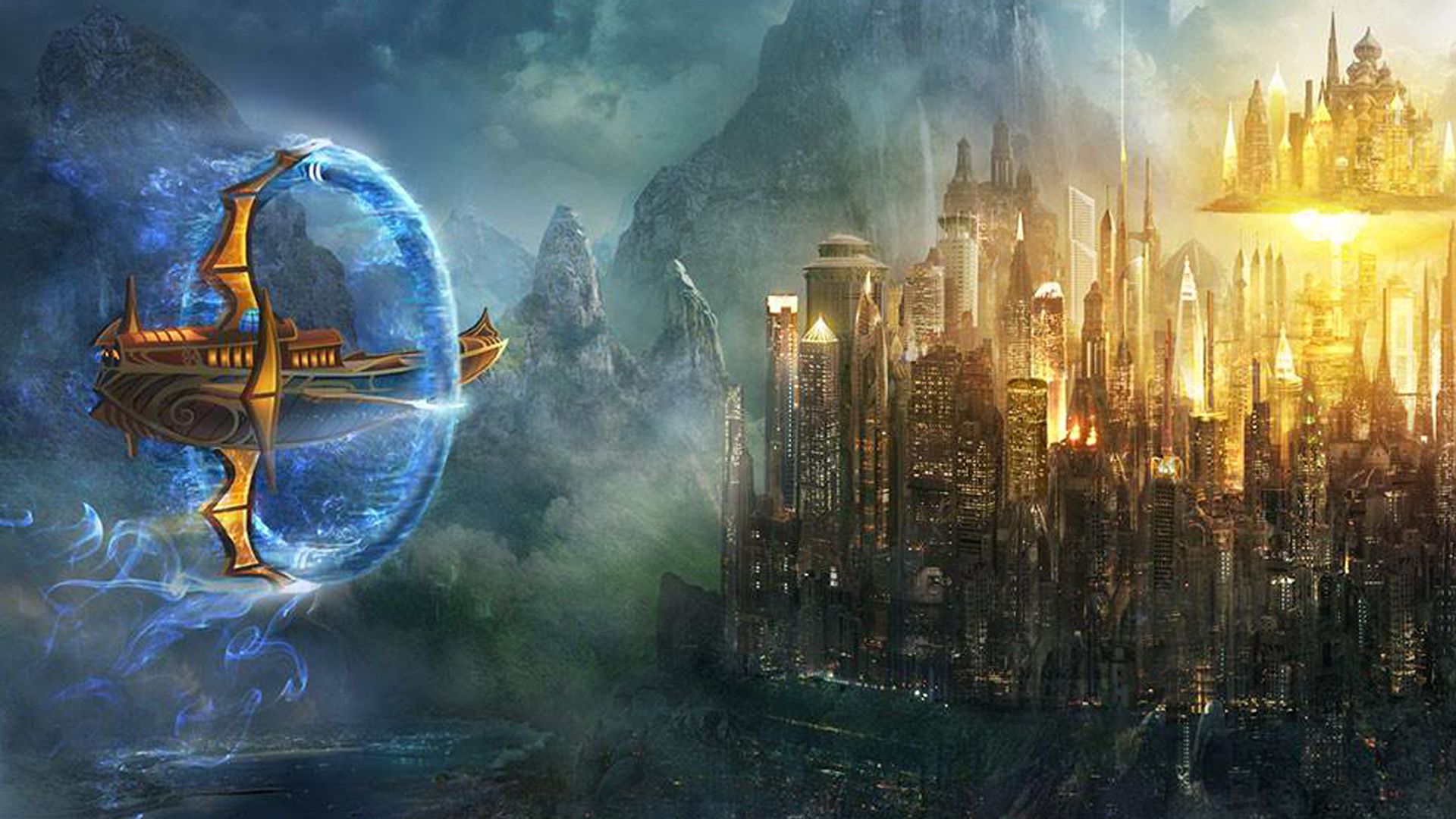According to the Book:
In the wake of the Xoriat incursion, the Dhakaani Empire collapsed into civil war. However, even before the empire first began to fracture, the leaders of a handful of goblin clans predicted the dark future that lay ahead. Rather than fall with the empire, these clans retreated to places of isolation, from the depths of Khyber to the heights of impassable mountains, severing all connections with the outside world. For thousands of years, they remained hidden in these sanctuaries, holding fast to the true traditions of the Dhakaani.
With the collapse of Galifar and the rise of Darguun, the Heirs of Dhakaan have emerged from hiding. The clan leaders intend to rebuild their ancient empire and reclaim a continent stolen by humanity. First, however, they must unite behind a single leader, a process that has proved to be a bitter struggle so far.
Although the Dhakaani goblins are physically identical to their Ghaal’dar cousins, a number of important cultural differences divide them. The Dhakaani are dedicated to war, and beyond that, to strict order and discipline. Though they are few in number compared to the armies of the Five Nations, the Heirs of Dhakaan are superb soldiers and exceptional smiths and combat engineers, producing arms and armor of unparalleled quality.
Among the Ghaal’dar and Marguul, tensions between goblin, hobgoblin, and bugbear run high. Among the Dhakaani, however, each species serves a distinct role in society. Goblins are crafters and skilled laborers. Bugbears are shock troops and drudge workers. Hobgoblins are warriors and leaders, with those roles further divided by gender. Male hobgoblins traditionally serve as soldiers, while female hobgoblins pursue the diplomatic, spiritual, and healing paths.
The Dhakaani are an agnostic folk dedicated only to the ideals of their ancient empire. As such, the divine classes are rare among them. Their spiritual leaders are the duur’kala, or dirge singers. These bards preserve the lore of the empire and inspire soldiers in battle with tales of the past. Aside from bards, members of arcane classes are rare among the Dhakaani, but some clans (notably the Kech Volaar) are working to master the arts of magic. A few of the most powerful Dhakaani clans are described below. Countless others remain hidden across Khorvaire.
The Kech Shaarat (Bladebearers) are the keepers of a mighty artifact known as the Sword of the True King. Their warlord Ruus Dhakaan believes that he cannot rightfully wield the blade until he has united the Dhakaani clans under his rule. Fueled by his ambition, the Kech Shaarat is the most aggressive of the Dhakaani clans, having already conquered and absorbed three lesser clans. If Ruus Dhakaan can unite the clans beneath his banner, he plans to conquer the Ghaal’dar as the first step toward reestablishing the empire of old. If he succeeds in this dream, the Heirs of Dhakaan would pose a potent threat to all of Khorvaire. The Kech Shaarat make excellent villains if you want to challenge players with an elite goblin fighting force. The Dhakaani are tacticians as well as skilled soldiers, and they act with precision and discipline in all they do. Bladebearer soldiers can be identified by sword-shaped marks branded on one or both forearms.
The Kech Volaar (Wordbearers) have gone to great lengths to preserve the lore of the Dhakaani Empire. The leader of the Kech Volaar is Tuura Dhakaan, the most gifted dirge singer the clans have seen in a thousand years. Unlike Ruus, Tuura hopes to unite the Heirs of Dhakaan through inspiration and diplomacy. To this end, she seeks to acquire artifacts of the Dhakaani Empire—ancient symbols by which she might prove her right to rule.
As a more moderate Dhakaani clan, the Kech Volaar could serve as allies against the Kech Shaarat. On the other hand, a Wordbearer band might well clash with adventurers caught plundering Dhakaani tombs. Kech Volaar goblins typically tattoo themselves with symbols and glyphs reflecting their important achievements.
The Khesh’dar (Silent Folk) is a clan of goblin spies. Members follow one of two paths: the scouts of the taarka’khesh (silent wolves) or the assassins of the shaarat’khesh (silent knives). The Khesh’dar sell their services to all the Dhakaani clans, remaining steadfastly neutral in the absence of a clear leader. In addition, they seed spies throughout the Five Nations—agents that blend in with local goblin populations. The Khesh’dar occasionally admit outsiders into their ranks, most often changelings or foreign goblins.
